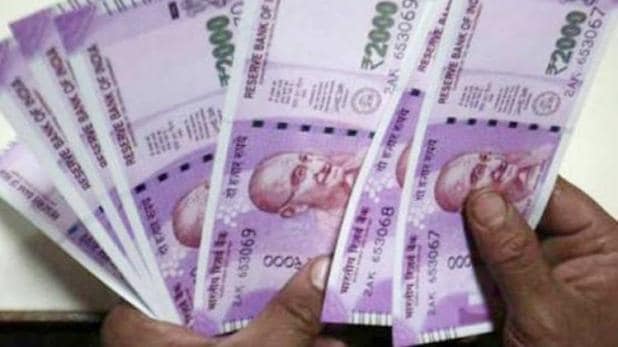The Central Government Diwali bonus is an ex-gratia payment given to eligible non-gazetted employees. The bonus is based on factors such as basic pay, eligibility ceiling, and a fixed bonus rate. Employees must meet certain criteria, like having completed six months of continuous service, to qualify.
The Diwali bonus is something many Central Government employees look forward to each year, especially as it adds festive cheer with some extra cash right before the holiday season. But how exactly is this bonus calculated, and who is eligible to receive it? Let’s help you understand how to calculate the Central Government Diwali bonus.
What is the central government Diwali bonus?
The Central Government Diwali bonus is a festive ex-gratia payment given to eligible non-gazetted employees. This bonus is often based on a formula that considers various factors like salary, eligibility, and government policies for the year.
Eligibility criteria for the Diwali bonus
Not all employees are eligible for this festive bonus. Here’s who qualifies:
Non-gazetted employees: Most non-gazetted Central Government employees are eligible for the Diwali bonus. However, gazetted officers do not qualify.
Group C and group B employees: Employees working in Group C and Group B (non-gazetted) positions are generally eligible.
Employees with continuous service: Employees who have completed at least six months of continuous service within the financial year are eligible for the bonus.
Other exclusions: Casual and temporary employees are generally excluded from the bonus unless explicitly stated.
Components used in bonus calculation
Here are the factors and components that come into play when calculating the Diwali bonus for Central Government employees:
Basic pay: The bonus is calculated based on the employee’s basic pay. It doesn’t include allowances like dearness allowance (DA) or house rent allowance (HRA).
Eligibility ceiling: There is a wage ceiling for eligibility purposes. For example, employees with a basic salary below ₹7,000 or the minimum wage notified for the industry (whichever is higher) may be eligible for the bonus.
Bonus rate: The bonus is typically calculated at a fixed rate, which may vary from year to year. The government typically sets this rate, and it is often around 8.33%.
Formula for Diwali bonus calculation
The formula for calculating the Central Government Diwali bonus is fairly straightforward:
Bonus amount = (Basic Pay × Number of eligible days × Bonus rate) / 100
Let’s break this formula down:
Basic pay: The basic monthly salary of the employee.
Number of eligible days: The number of days the employee has worked during the relevant financial year (usually 365 days).
Bonus rate: This is set by the government and is generally 8.33%, though it may vary in special cases.
Example of Diwali bonus calculation
Let’s say an employee has a basic pay of ₹6,500 per month and is eligible for a 30-day bonus at a rate of 8.33%.
- Basic pay = ₹6,500
- Eligible days = 30
- Bonus rate = 8.33%
- Bonus amount = (₹6,500 × 30 × 8.33) / 100
This will give you the exact bonus amount the employee will receive as a Diwali bonus.
Factors that can affect the bonus calculation
Several factors can impact how much Diwali bonus an employee will receive:
Pro-rata basis: If an employee has not worked the full financial year, the bonus may be paid on a pro-rata basis, depending on the number of days worked.
Absenteeism: Days missed due to unapproved leave or extended absenteeism could reduce the number of eligible days, thereby reducing the bonus.
Policy changes: Each year, the government may tweak bonus policies, eligibility, and rates, affecting the final amount.
How and when is the bonus paid?
The Diwali bonus is generally paid out right before the Diwali festival to ensure employees receive the extra cash ahead of the celebrations. The payment is often made directly to the employee’s salary account along with the regular monthly salary, though in some cases, it might be paid as a separate transfer.
Keep an eye on government notifications each year, as the bonus rate or policies might change, impacting your final payout.





































